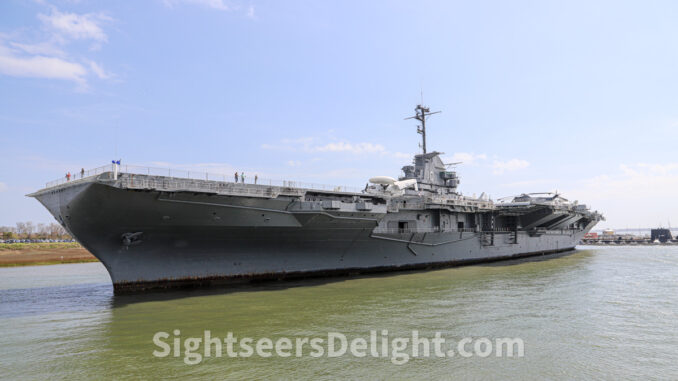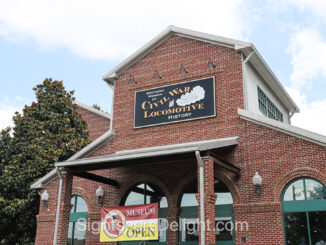
(The Center Square) — South Carolina officials have completed the first phase of a multimillion-dollar environmental remediation project at the historic USS Yorktown at Patriots Point in Charleston Harbor and are planning to spend millions more on the second phase.
South Carolina allocated more than $10.7 million in American Rescue Plan Act funds for the project’s first phase, which was completed at roughly $8.4 million. On Wednesday, the Joint Bond Review Committee approved $18.9 million in additional ARPA money for the second phase.
When the Navy donated the USS Yorktown, a World War II Essex-class aircraft carrier, to South Carolina in 1975, it was “as is” and “without warranty,” state officials said. The historic ship contained “significant quantities of potentially hazardous materials.”
“There are few challenges that our state faces that are as urgent as the removal of toxic waste from the USS Yorktown – and we do not have another minute to waste,” Republican Gov. Henry McMaster said in a statement.
“At any moment, we are just one severe storm away from an environmental disaster that would not only destroy Charleston Harbor’s delicate ecosystem but also greatly impair commercial shipping and tourism,” the governor added. “That is why we must finish this project and finish it on time to continue to protect the Lowcountry.”
As part of the first phase, conducted from August to December, officials extracted 568,800 gallons of oily water, removed nearly 8.9 tons of sludge and mud, disposed of 4.5 tons of asbestos waste and made 35 external hull repairs.
The second phase includes removing 1.2 million gallons of hydrocarbons and 15,000 gallons of fluid from non-structural compartments from the historic landmark and popular tourist destination. Officials also plan to remove “bulk liquid” from machinery room bilge compartments and repair and clean tanks.
South Carolina Office of Resilience officials reserved $40 million in ARPA money for the remediation project since the potential costs were initially unknown.
“The impacts of these pollutants in our environment are known, and they are long-lasting,” Department of Natural Resources Director Robert Boyles said in a statement. “Today, we gather at halftime between Phase 1 and Phase 2 of this remediation project to remind people of the importance of our natural resources and how important it is that we have an orderly removal of the pollutants that remain on the USS Yorktown.”
This article was published by The Center Square and is republished here with permission. Click here to view the original.




